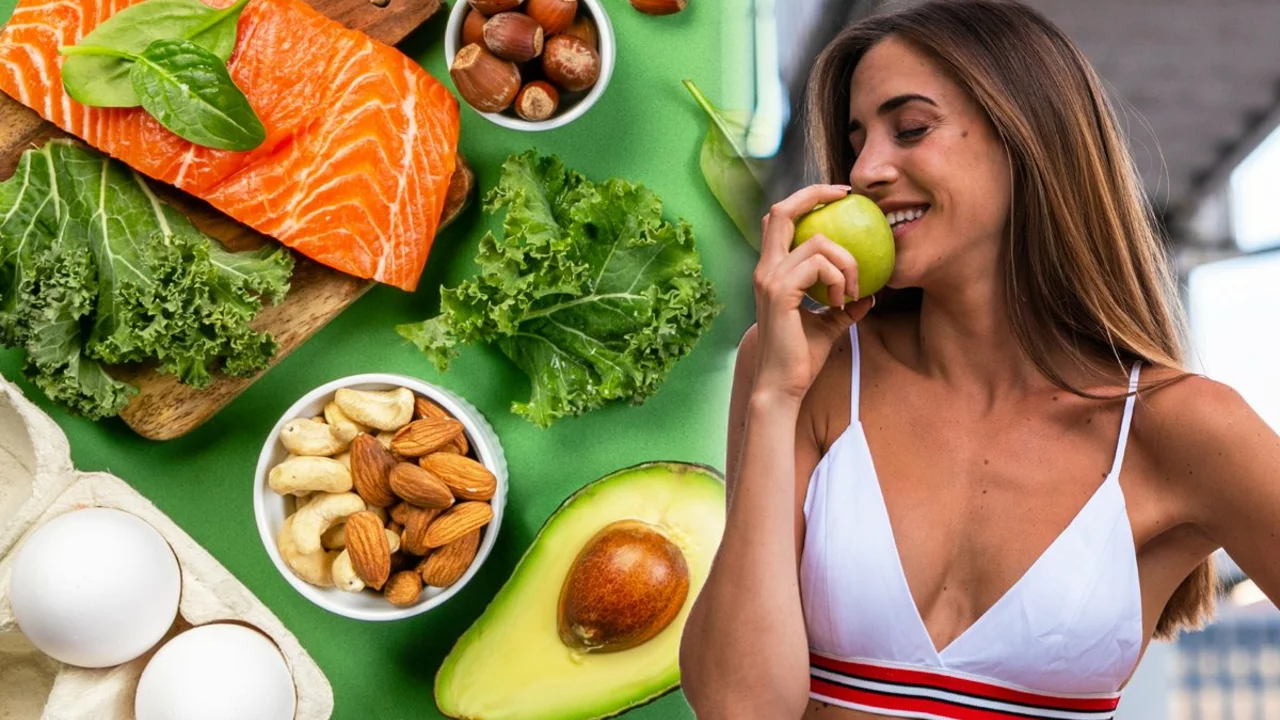Just finished researching and jotting down the top 5 foods that can help in preventing age spots. You're going to be surprised but it's actually pretty simple: citrus fruits, green leafy vegetables, sweet potatoes, green tea, and fatty fish. These foods are packed with antioxidants, vitamins, and omega-3 fatty acids which can help to keep your skin healthy and glowing. Also, they can aid in preventing age spots by combating free radical damage. So, incorporating these foods into your diet won't just be a treat for your taste buds, but also a boon for your skin.
Healthy Eating: Simple, Practical Tips for Everyday Food
Want to eat healthier without feeling deprived? Start with small, clear changes you can keep. Swap refined carbs for whole grains, add a protein at every meal, and make vegetables the star of your plate. These three moves reduce hunger swings, improve digestion, and steady your energy through the day.
Plan one week of meals in 30 minutes. Pick 2 breakfasts, 3 lunches, and 3 dinners you like. Cook twice a week and use leftovers for quick lunches. This saves time, cuts impulse takeout, and makes it easier to choose nutrient-dense options when you’re busy.
Smart shopping and pantry rules
Shop the store perimeter first — produce, dairy, lean proteins. Avoid aisles where ultra‑processed foods live unless you have a clear list. Read labels: aim for fewer than five ingredients and avoid added sugars near the top. Keep healthy staples at home: beans, canned tuna, frozen vegetables, oats, and a simple spice mix. When you’re hungry, reach for a handful of nuts or a yogurt instead of chips.
Use portion-friendly plates. Half the plate vegetables, a quarter protein, a quarter grains or starchy veg. This visual rule helps balance calories and nutrients without weighing food or doing math. For snacks, pair a carb with a protein — an apple with peanut butter or whole-grain crackers with cottage cheese — to keep you full longer.
Supplements and targeted help
Food should be the main source of nutrients, but supplements can fill gaps. If you struggle with sleep or anxiety, valerian supplements like Red-Spur Valerian can help some people; if weight control is a goal, chitosan is marketed for fat binding though results vary. Calcium D‑Glucarate supports detox pathways, and specific herbal ingredients in supplements may aid digestion. Always check with a clinician before starting anything new — interactions and quality matter.
Watch your drinks. Swap sugary sodas for water, sparkling water, or unsweetened tea. If you drink alcohol, keep it moderate and avoid mixing with certain medications, especially antibiotics. Small changes like switching from a daily soda to water can cut hundreds of calories a week.
Make real meals social and satisfying. Eat slowly, notice hunger cues, and stop when you feel comfortably full. Try adding a colorful salad or a side of roasted veggies to meals you already eat. Use herbs, lemon, and vinegar for flavor rather than heavy sauces and dressings.
If you have special needs — diabetes, IBS, or heart disease — tailor food choices to those conditions and follow the guidance of your healthcare team. For general health, focus on variety, whole foods, and consistent meal patterns. Healthy eating isn’t a one-size-fits-all rule. It’s about habits that make your life easier and your body feel better.
Browse our healthy eating posts for recipes, supplement guides, and medication safety tips. Read about Chitosan for weight support, Calcium D‑Glucarate for detox, and practical travel food tips if you have COPD. Ask your pharmacist or doctor if you want personalized advice. Start with one small change today — seriously.

